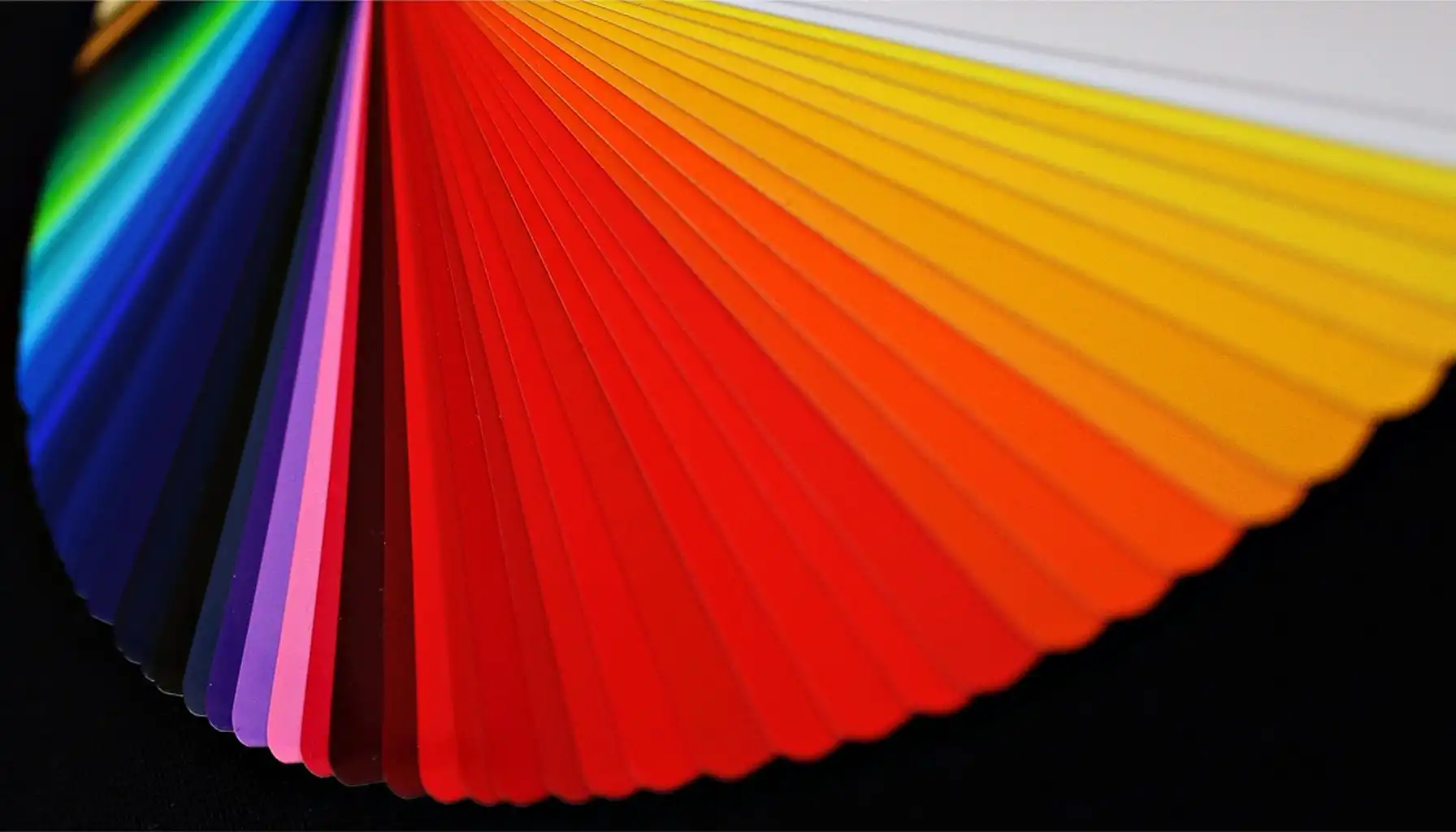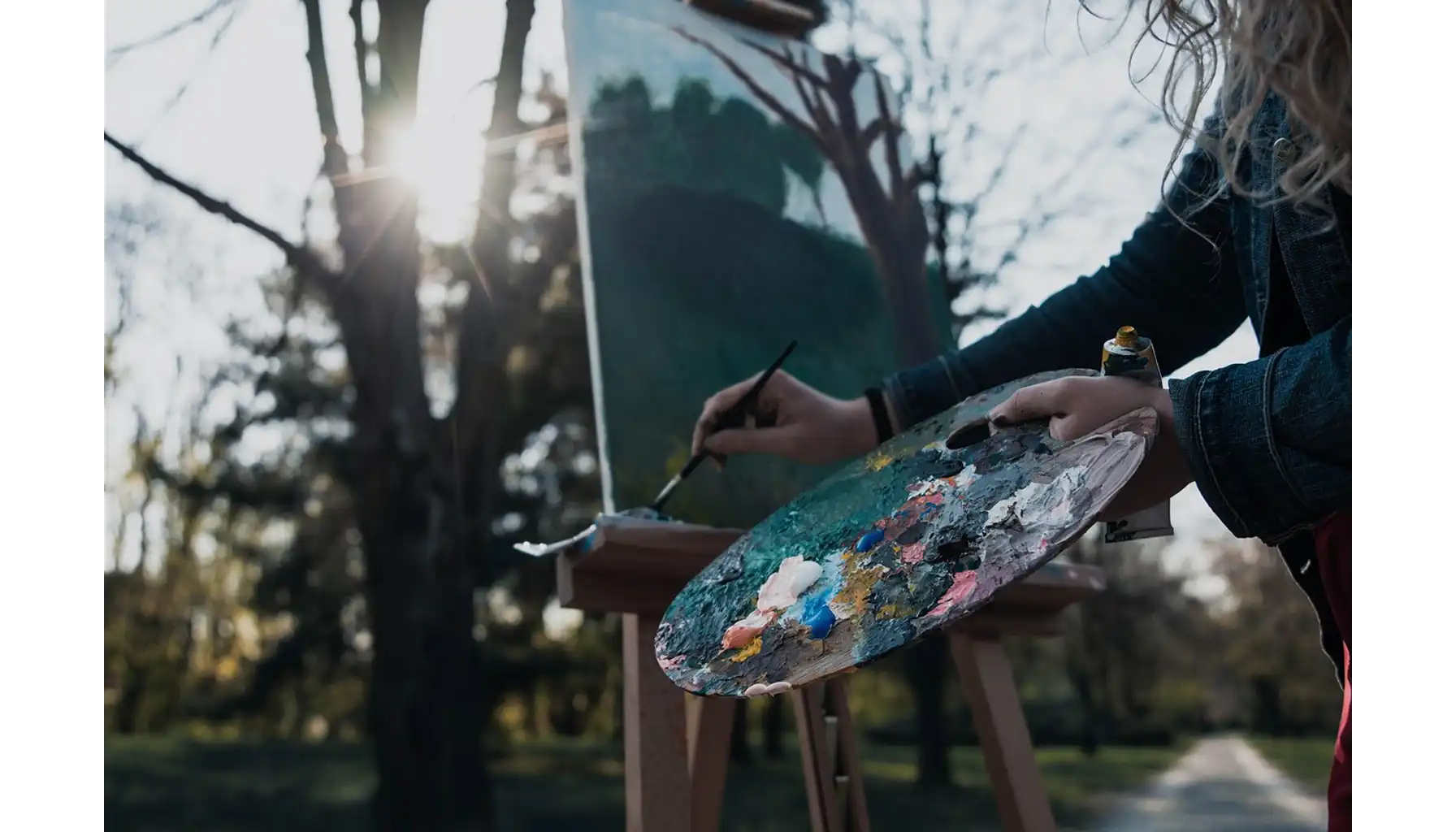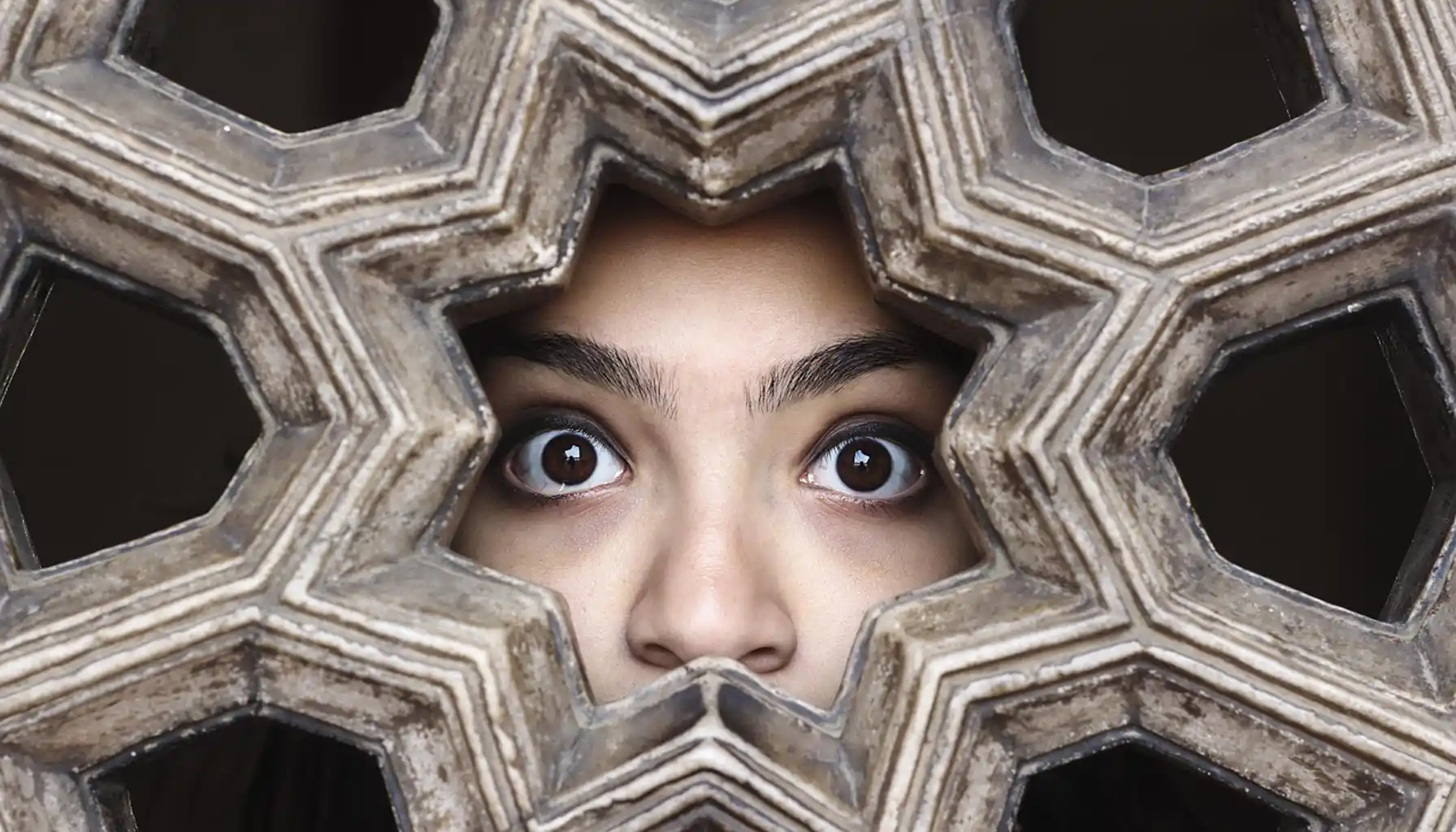Contents:
- Chromophobia Meaning and Origin of the Term
- Chromophobia Book and Cultural Interpretations
- What is the Fear of Colors Called?
- Table: Symbolism of colors
- Chromophobia Symptoms
- What Сauses Сhromophobia?
- Chromophobia Features in Daily Life
- Diagnosis and Definition of Chromophobia
- Treatment and Support
- Conclusion
Chromophobia is a rare but very strong anxiety disorder in which a person develops an intense fear of colors. For some people, only one shade may be frightening - for example, bright red or black, while others feel anxious around almost the entire palette.
At first glance, this phobia seems strange. Color is all around us: in our clothes, homes, transport, and even food. For a person with this condition, life becomes a constant effort to avoid irritants. This affects their social connections, emotional health, and work life.
It’s important to answer the question “what is chromophobia?” and what forms this phobia takes in order to find working ways to help.
Additionally, when working with such conditions, practices such as brain exercises can be useful, which help develop flexibility of thinking and resistance to stress.

Chromophobia Meaning and Origin of the Term
Chromophobia meaning comes from Greek: “chroma” means “color,” and “phobos” means “fear.” So the literal translation is “fear of color.” In medicine, it’s defined as a specific phobia — a type of anxiety disorder in which a person has an excessive, irrational reaction to a neutral stimulus.
To better understand what is behind the question “what does chromophobia mean?”, keep in mind: we are not talking about a dislike for colors or personal preferences. This is a painful fear that causes real physiological symptoms. For outsiders, this may seem strange, but for the sufferer, the situation is absolutely real and exhausting.
Chromophobia Book and Cultural Interpretations
The topic of fear of colors has been discussed not only in medicine, but also in culture. For example, the famous chromophobia book by British theorist David Batchelor explores society's attitude to color as something "secondary" and even "suspicious".
The author points out that in much of Western culture, color wasn’t just seen as decoration — it was often tied to raw emotion, irrationality, even to what was considered the “lower” side of human nature. In contrast, form and line were praised as symbols of order and reason.
This way of looking at things didn’t stay neutral; it could fuel prejudice and quietly nurture the roots of anxiety. When viewed through philosophy and art, the idea of a fear of colors becomes much more than a medical concern. It turns into a window into how culture itself shapes our response to something as simple and fundamental as the shades we see every day.
What is the Fear of Colors Called?

Medical practice uses different terms to clarify specific cases. For example, chromophobia or chromatophobia. At the same time, there are separate names for the fear of specific shades:
Cyanophobia - fear of blue.
Xanthophobia - fear of yellow.
Melanophobia - avoidance of black.
Leukophobia - anxiety before white.
Rhodophobia - rejection of pink.
Chrysophobia - rejection of gold or orange.
Prasinophobia - severe discomfort at the sight of green.
Kastanophobia - fear of brown.
These terms help doctors to clarify the diagnosis and build more individualized treatment plans.
Table: Symbolism of colors
Color | Symbolic Meaning in Culture | Possible Triggers in Phobia |
Red | Energy, passion, danger | May remind of blood, aggression, or trauma |
Blue | Calmness, depth, trust | Associations with cold or “infinity” |
Yellow | Joy, light, warmth | Can cause feelings of anxiety or pressure in some people |
Black | Power, elegance, mourning | Associated with death, isolation |
White | Purity, beginning, freedom | May evoke thoughts of hospitals, sterility |
Green | Nature, growth, harmony | Sometimes causes rejection in people with sensory disorders |
Chromophobia Symptoms
Symptoms range from mild anxiety to severe panic attacks. The most common are:
Rapid heartbeat and shortness of breath,
Excessive sweating,
Trembling,
Dizziness and a feeling of loss of control,
Nausea or abdominal pain,
The desire to immediately leave the place where the frightening color appeared.
In children, the reactions can be even more vivid: crying, refusal to leave the house, aggression or hysteria when faced with a "dangerous" shade.
If the disorder progresses, a person begins to avoid any situations where he or she may encounter an irritant, which ultimately leads to social isolation and even the development of agoraphobia.

What Сauses Сhromophobia?
Scientists have not yet fully determined the causes, but they have identified several factors:
Traumatic experiences: a strong negative event could be associated with a specific color. For example, an accident involving a red car, or being hospitalized in a room with green walls.
Heredity: anxiety disorders and phobias often occur in several members of the same family.
Comorbid conditions: people with depression, OCD, or panic disorder are more likely to experience such phobias.
Neurobiological features: the sensitivity of the nervous system in people with autism or Sensory Processing Disorder (SPD) sometimes leads to an excessive reaction to certain shades.
Thus, chromophobia is the fear of color that arises from a mix of biological and psychological causes.
Chromophobia Features in Daily Life
The particular difficulty is that color cannot be completely eliminated from life. Everyday life is literally permeated with visual stimuli. This shows up in situations such as:
Сhoosing clothes becomes stressful;
The interior has to be selected taking into account the avoided shades;
Even street advertising or the color of product packaging can provoke an anxiety attack;
TV, the Internet and social networks are full of random colors that are impossible to control.
Over time, this shrinks a person’s living space, makes a person dependent on “safe zones” and significantly reduces its quality.
Table: Consequences of chromophobia in different areas of life
Life Sphere | Possible Consequences |
Health | Refusal of medical care, ignoring prevention, stress-related disorders |
Social connections | Isolation, fewer contacts, difficulties in relationships |
Work | Limited career opportunities, avoidance of offices or jobs with “triggering” colors |
Finances | Additional expenses for adapting daily life and creating a “safe” interior |
Emotional state | Increased anxiety, depression, reduced self-confidence |
Diagnosis and Definition of Chromophobia

To define chromophobia, doctors conduct a psychological diagnosis, which includes:
Taking medical history and recording symptoms,
Analysis of triggers and situations,
Checking for co-occurring mental disorders,
Assessing the impact of symptoms on social and professional life.
A diagnosis is confirmed if anxiety lasts more than six months, leads to avoidance and significantly interferes with daily activities.
In medical manuals, chromophobia is defined as irrational fear of color or color combinations that causes significant distress.
Treatment and Support
Therapy is built individually, but most often includes:
Cognitive behavioral therapy (CBT): helps to recognize and change harmful thoughts that support anxiety, and also teaches how to develop healthier ways of responding to frightening situations.
Exposure: gradual habituation to a frightening color, starting with images and ending with real objects.
Hypnotherapy: working with subconscious reactions, allowing you to gently rewrite deep associations and reduce the emotional tension associated with color.
Self-help techniques: breathing exercises, relaxation, yoga and mindfulness meditation, which help reduce anxiety.
If necessary, medications to control panic attacks.
Some doubt and ask questions “is chromophobia real?”, considering it something far-fetched. Yet these kinds of conditions have been familiar to psychiatry and psychology for a long time, carefully described and studied within their fields. This is a real anxiety disorder that can destroy the quality of life if ignored.

Conclusion
Now we can give a clear answer to the question “what is chromophobia the fear of?”: it’s a persistent anxiety state associated with the perception of color as a threat. Understanding its underlying mechanisms and symptoms helps to take the problem seriously, and not reduce it to “oddities”.
To work with phobias, it’s important to combine professional therapy and personal practices, such as breathing exercises or using tools like the emotion wheel to better understand your own emotions.
Is there a fear of colors? Yes, and it can take many different forms. But timely diagnosis and therapy help to regain control over life and lessen the impact of anxiety.





